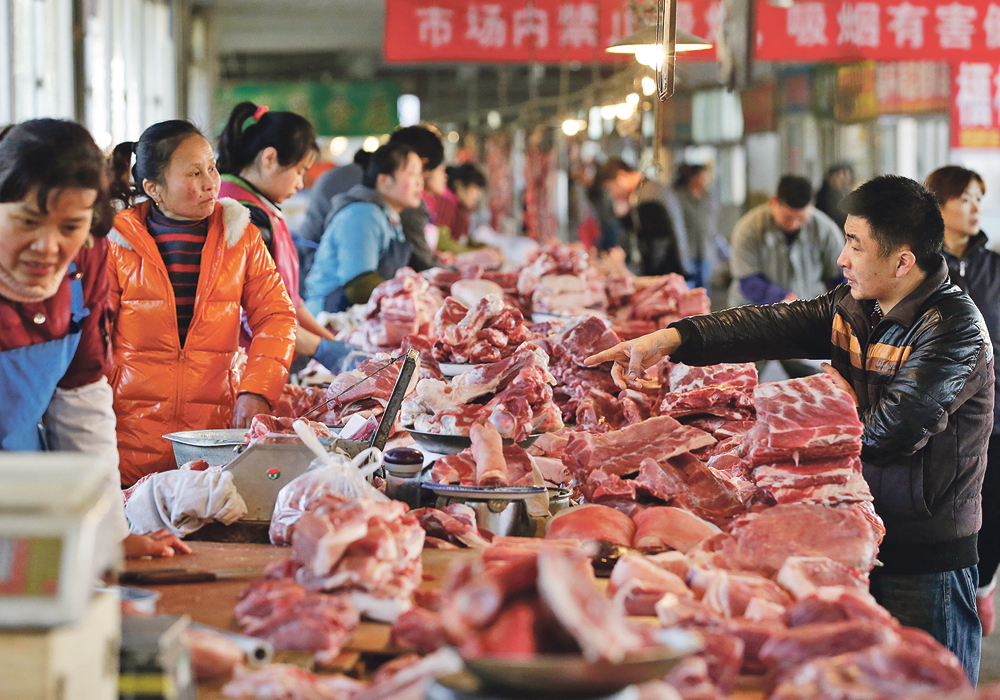The case of the unapproved genetically modified wheat plants showing up alongside an oil well access road in Alberta is baffling on many levels, but the reality of Japan halting Canadian wheat imports could not be more clear.
It is also clear that the rapid advance of genetic science will make obsolete the legal frameworks built up around the world over the past 30 years to regulate plant genetic research.
There is no legitimate evidence of health risks associated with GM crops, but in a abundance of caution associated with something new, governments around the world set up elaborate regulations controlling how and where genetic research on crops could be done and under what circumstances any approved GM crops could be sold and internationally traded.
Read Also

Critical growing season is ahead for soybeans
What the weather turns out to be in the United States is going to have a significant impact on Canadian producers’ prices
Japan’s regulations on GM food imports are among the more strict, and so its ban on Canadian wheat while it investigates the situation was a matter of form that surprised no one.
There is nothing dangerous about the GM wheat in Alberta — it just wasn’t supposed to be there. We should learn how it got there, but its presence was not a health or environmental threat.
Japan’s buying suspension will likely be temporary, as it was in the three situations in the United States when there were accidental releases of unapproved GM wheat. They ended once the U.S. was able to prove that the material was not in the commercial wheat supply.
This regime of regulation in its various forms around the world was developed mostly to oversee transgenic modification, where a gene from a bacterium, plant or animal was transferred into another organism to endow it with a certain trait, such as herbicide tolerance.
But new technologies that are cheaper, faster, precise, versatile and with the potential for even greater impact are transforming the sector.
The best known of these technologies is CRISPR-Cas9, which can turn an organism’s own genes on and off with the potential to elicit an array of traits too numerous to count.
Proponents say these gene-editing techniques are simply a more precise method of traditional plant breeding, and the U.S. Department of Agriculture agrees, meaning they will not undergo special regulation in that country.
This spring, U.S. Agriculture Secretary Sonny Perdue said his department has no intention to regulate “plants that could otherwise have been developed through traditional breeding techniques as long as they are not plant pests or developed using plant pests.”
But don’t forget that departments of the environment and health also have a say in how these things are handled, so don’t expect a wild west, free for all attitude, even in the U.S.
It is not clear yet how our Canadian system, which focuses on novel traits rather than the method of creating the trait, will accommodate gene edited crop varieties. One hopes that if gene editing creates an improved plant that is not novel, then the government overseers will let it proceed without interference.
Things could be more complicated in Europe and Japan, where public attitudes toward genetic modification are more negative.
I might be dreaming to think that European politicians will stop siding with the fear mongers, but if they do, they will likely force out most of their agricultural and life science technology companies.
And that means they will miss out on what promises to be an economic boom.
The new gene editing technologies hold the potential for much reduced costs, which could mean that the seed business, now dominated by huge, wealthy international businesses, sees many new participants, working on traits and small acreage crops that previously were ignored because they might not yield the profitability needed to sustain the expensive work.
Sure, some of the visions of what would flow from the first wave of genetic modification were overly optimistic, partly because of over regulation. But nevertheless, farmers back in the 1980s would hardly recognize crop farming today in advanced countries where GM crops are common.
With the new gene editing, coupled with other technologies such as quantum computing and artificial intelligence, the pace of innovation could quicken even more, making it virtually impossible for regulation to keep up.
And so at some point the whole system that so tightly envelopes agricultural innovation might become unworkable, forcing a transition to a new system that still protects us against unreasonable risk but does not stop international trade because of something like finding a small patch of herbicide tolerant wheat plants in a ditch where they should not be.

















